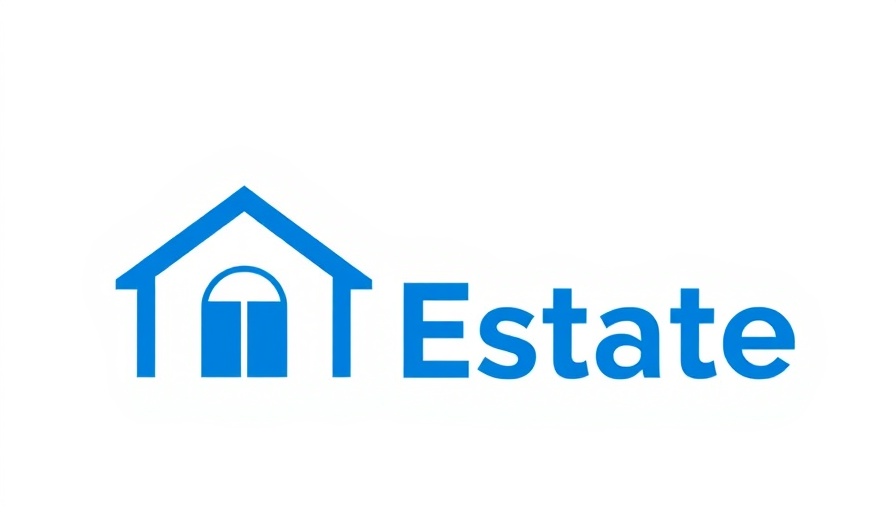
Black Homebuyers Experience a Unique Rebound in 2024
The real estate landscape experienced a surprising twist in 2024, particularly for Black first-time homebuyers. Recent data reveals that while national rates have declined in general, Black buyers have reported a remarkable rebound, with 62% securing their first homes—a figure that remains consistent with the previous year.
Resilience Amidst Economic Challenges
The resilience of Black first-time homebuyers comes in the face of persistent challenges. According to a Zillow survey, these buyers are experiencing a surge in home purchases despite a national average where only 44% of first-time buyers managed to break into the market. Unlike their counterparts, Black buyers are advocating for homeownership as a crucial step towards building generational wealth, as emphasized by Zillow's Senior Economist, Orphe Divounguy.
Catalysts for Change: Remote Work and New Programs
One notable factor aiding this movement is the rise of remote work. Black renters are showing a 29% higher likelihood than other groups to seize upon remote work opportunities, increasingly allowing them the flexibility to pursue homeownership in more affordable regions. Additionally, various government programs including down payment assistance and tax credits are crucial, helping to bridge the wealth gap that often restricts accessibility to homeownership.
Stark Realities of Affordability and Access
However, it’s important to understand that significant barriers remain. Black households face substantial affordability challenges, with a median income of just $54,896, starkly below the national threshold of $95,213 necessary to comfortably afford a home. As a result, only 17.6% of available listings align with the average Black household’s budget. Other demographic groups are seeing higher percentages of affordable listings, showcasing ongoing disparities in home buying accessibility.
Affordable Housing Markets to Watch
Despite the hurdles, some cities are proving to be more accessible for Black homebuyers. St. Louis stands out as the most affordable market, with 30.3% of listings within reach for typical Black households. Other noteworthy cities include Birmingham at 29.5% and Memphis at 29.0%, demonstrating the geographic variations in housing opportunities.
Growing Trends in Homeownership
Remarkably, since 2019, the increase in Black homeownership has outpaced that of white households, marking progress amidst adversity. Hispanic households are also reported to see an increased percentage of homeownership. This trend suggests a pivotal shift in the dynamics of the housing market that could reshape neighborhoods and communities across the country.
Looking Ahead: The Future of Black Homeownership
As we step into the future, the integration of technology and innovative support systems will be vital in ensuring the continuous growth of Black homeownership. Companies like Zillow are stepping up by providing tools aimed at demystifying the buying process. Their BuyAbility℠ tool offers real-time insights into potential home buying budgets, making it easier for aspiring homeowners to navigate their options.
The story of Black homebuyers is one of resilience, community strength, and a relentless pursuit of the American Dream. It calls for us all to look beyond the challenges and embrace the progress being made while advocating for further actions that foster equity in the housing sector.
Take Action
As we celebrate the successes of Black first-time buyers, we must continue supporting policies that enhance access to affordable housing and dismantle systemic barriers. Engaging in local housing initiatives and advocating for equitable practices in the real estate industry can amplify these efforts. Together, we can foster a more inclusive and diverse homeownership landscape.
 Add Row
Add Row  Add
Add 




Write A Comment